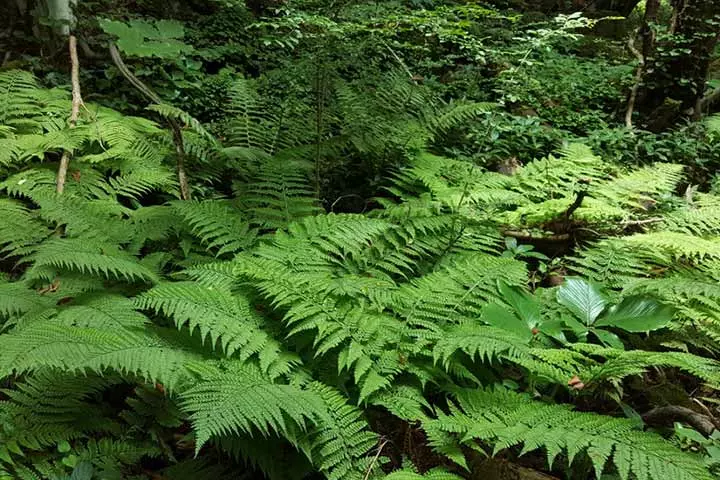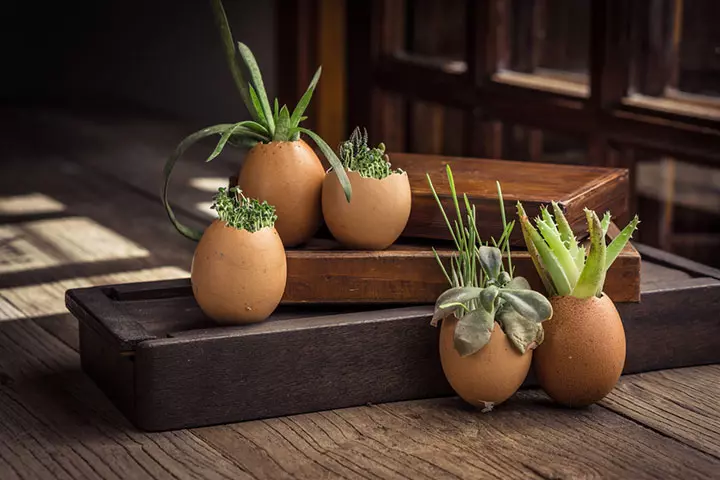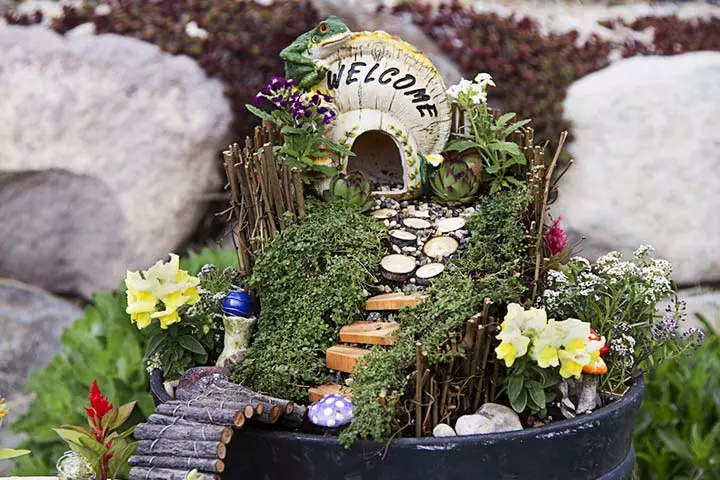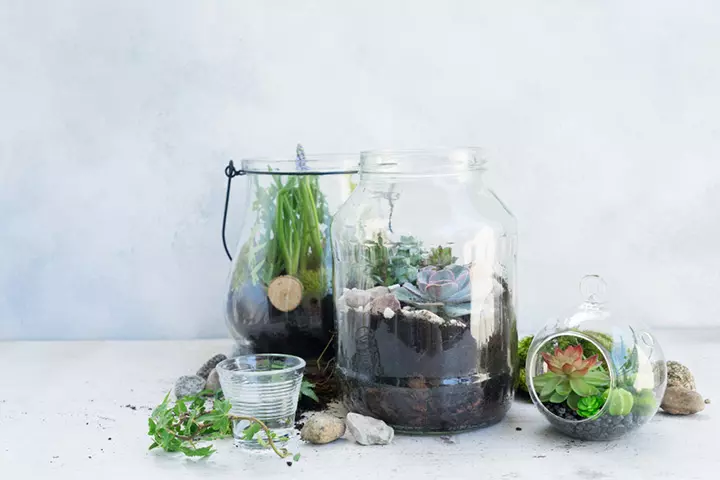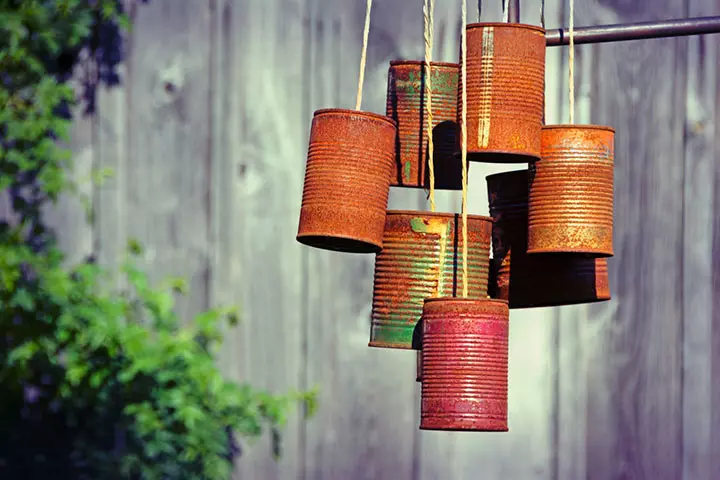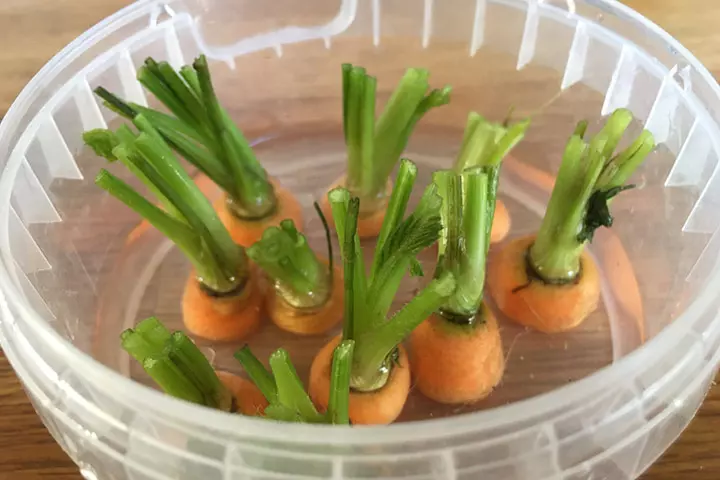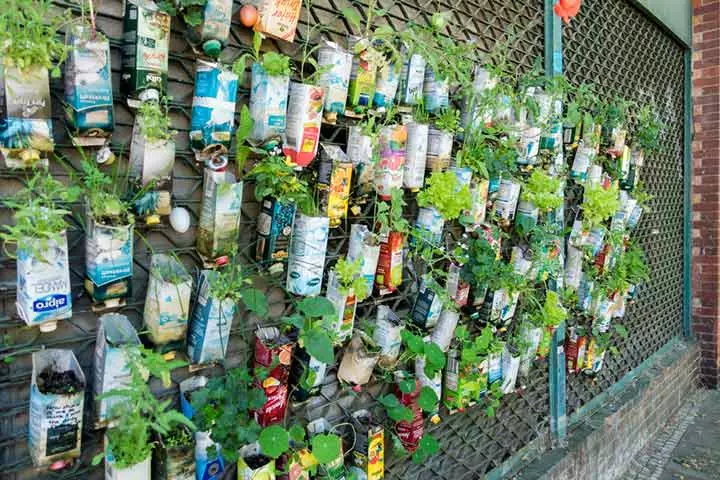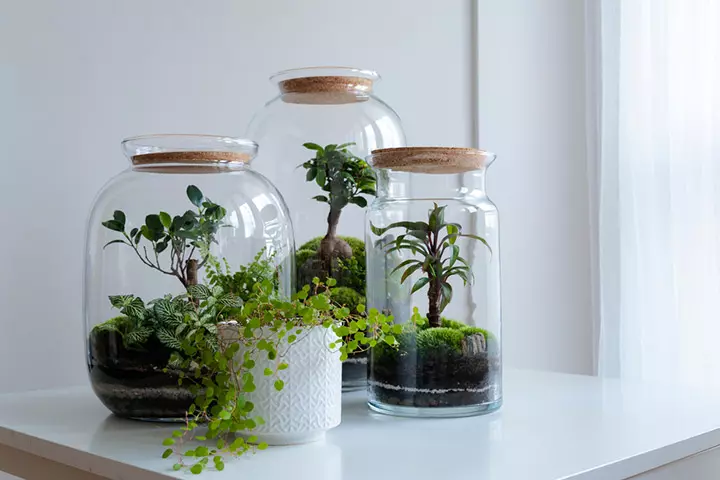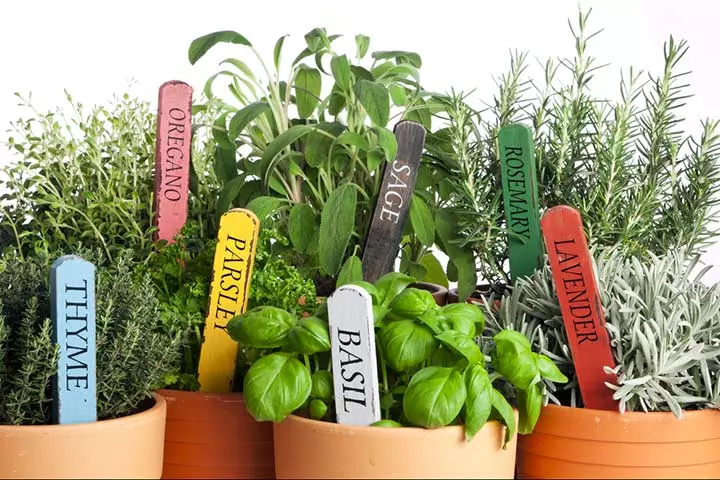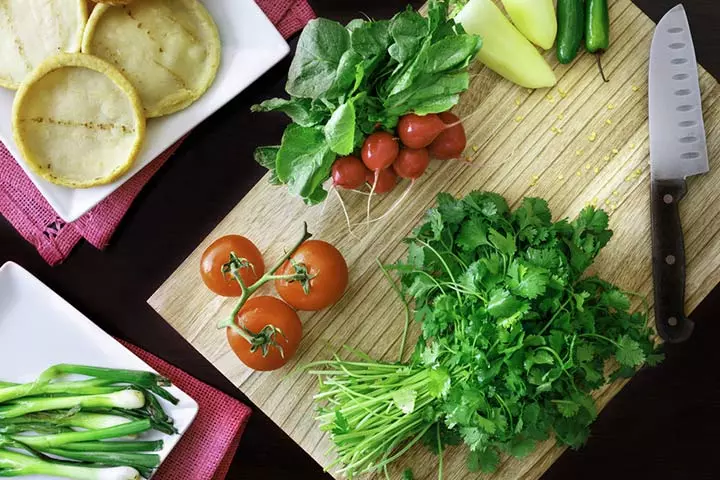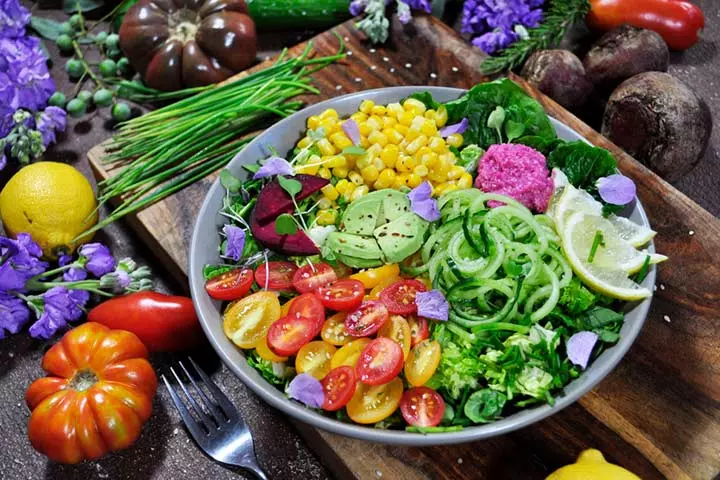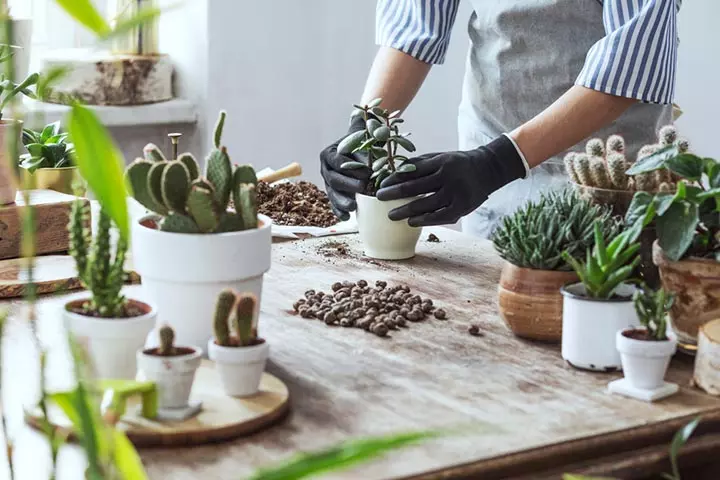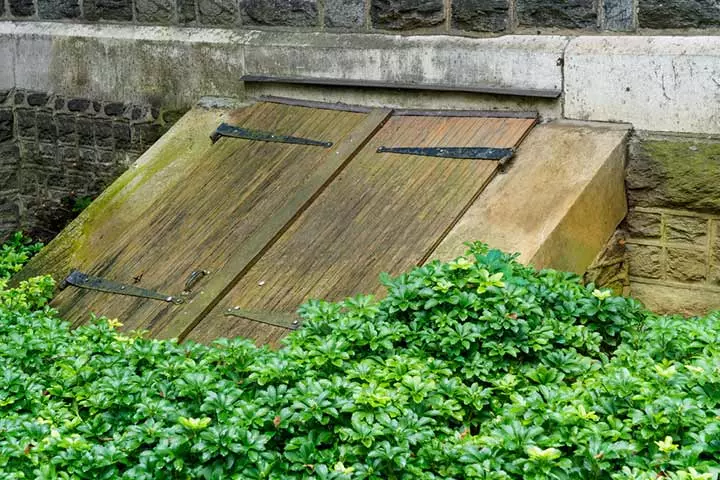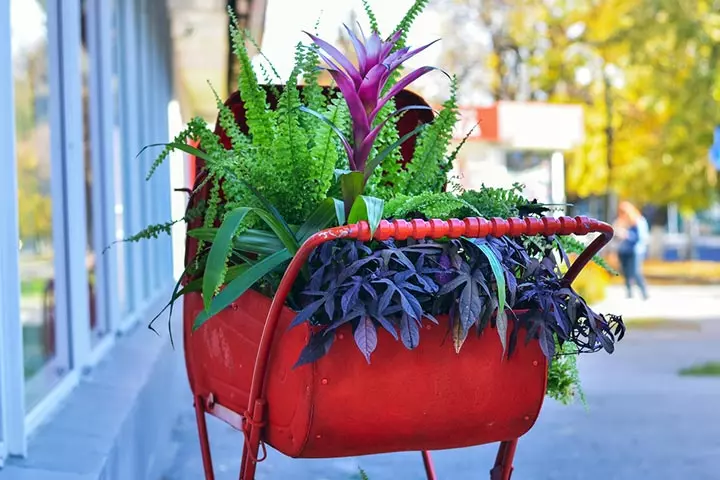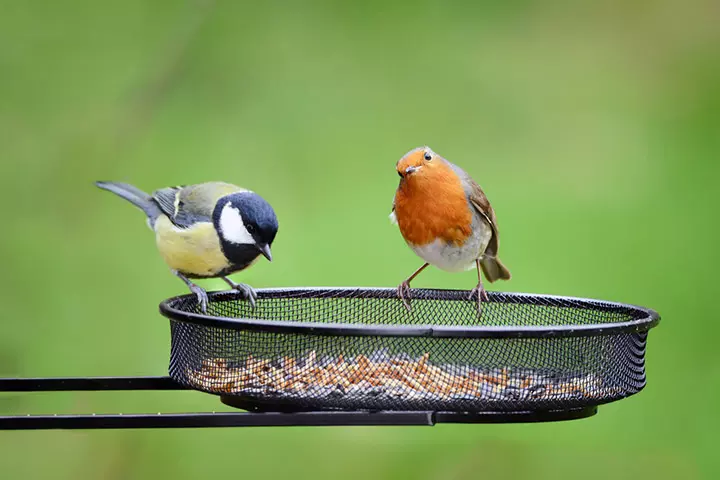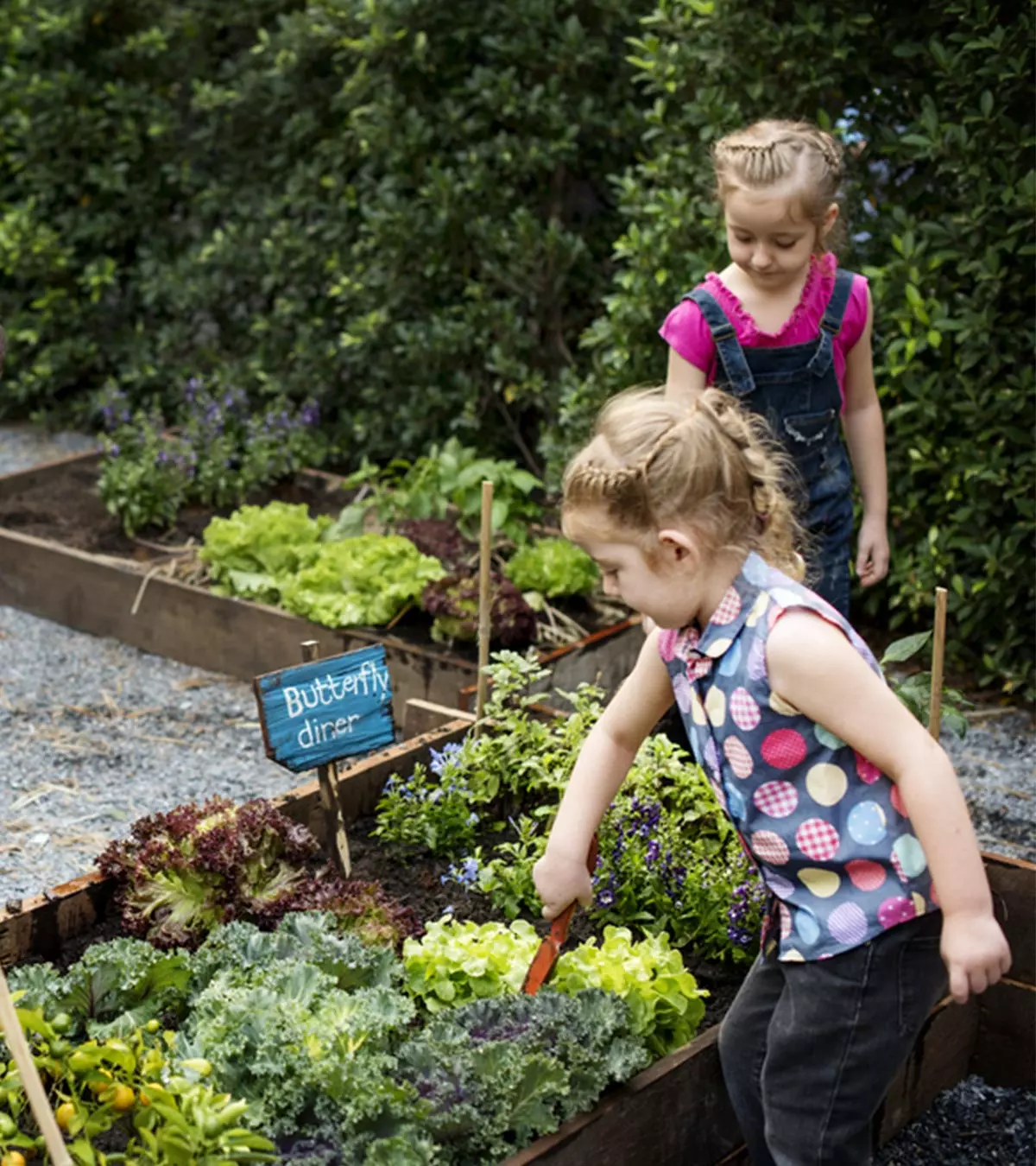

Image: Shutterstock
Gardening with your children can help you get them out and about while also providing them with a valuable source of vitamin D. This post brings you a list of creative garden ideas for kids giving them the perfect excuse to get their hands dirty. It also allows you to spend quality time with your kids while teaching them about the importance of environmental preservation. So read on for some exciting gardening ideas to involve your kids in.
How Is Gardening Beneficial For Children?
Gardening can boost children’s mental ability and encourage them to become smarter. You can inspire them to try their hands at one or more garden ideas for kids.
- When children involve in gardening, their curiosity is activated. They ask more questions about nature, science, and other things and get to learn more.
- Gardening lets your child learn practically, rather than just study from books.
- Gardening introduces the concept of eating healthy, focusing on the importance of nutrition and a balanced diet.
- Children getting their hands dirty in the soil and water can boost their immunity. Activities such as digging and carrying mud help develop their muscles while improving their hand-eye coordination.
- Gardening is just the ideal way to let your child release all that pent-up energy.
- It stimulates their intellect and emotional well-being, keeping your child calm, balanced, and stress-free.
- It builds a sense of responsibility and routine as the child learns to care for another living being.
- The progress they see in their DIY gardens can boost their self-esteem and promote stronger self-worth.
- Building a fairy garden for kids can draw them away from the TV/computer screens and come outside in fresh air. It is hard for anybody to resist a beautiful colorful garden.
20 DIY Gardens For Kids
1. Sensory kid’s garden
Tickle the sensory buds of your child with this interesting DIY garden idea. Pick a variety of plants that have unique hues, smells, tastes, and textures. For instance, lavender and lemongrass plants exude soothing fragrances, which can relieve anxiety in your child as they walk by this sensory garden patch. Chocolate, peppermint, and cosmos are plants that are a treat to the eye. Choose more tactile plants such as Stachys byzantine or Bergenia, which are leathery and furry in touch. Such plants are quite marvelous to be introduced to the children.
2. Dinosaur garden
Of all the backyard ideas for a garden, the most popular pick amongst children is usually a dino garden. Let your child choose from various palms and ferns to put together a tropical environment for their miniature dinosaur garden. It could spark their imagination and encourage them to spend more time in nature and go on their Jurassic adventure.
3. Eggshell garden
Some garden projects can be fun, especially when you teach children to reuse organic waste. Creating an eggshell garden can be slightly tricky for younger tots unless they have help from parents or supervisors. Ask your children to collect empty eggshells from the kitchen and gently poke the eggshells at the bottom with a needle to make a tiny hole.
You can tell them to draw faces or decorate the outside of the eggshells the way they like. It gives their garden a lively vibe. Together, you can fill the eggshells with potting soil before planting seeds in them. Wheat or oat grass is ideal for this type of garden since they sprout quickly and look like the eggshells have hair growing out of them. The project is also great for developing their fine motor skills, as they handle the delicate eggshells gently.
4. Fairy garden
A DIY kid-friendly garden idea can be a miniature fairy garden. Tap into your child’s imagination and help them bring their fairy garden to life. A tree stump or a stone bowl is ideal for planting tiny cuttings that suit the fairy world. You can add enchanting props, such as bridges, castles, tiny homes, mushrooms, and more to create an illusion of a fairy residence. The kid fairy garden can also have colorful plants to make it more relatable to the imaginary land your child recreates.
5. Mason jar garden
Gardens for kids can be of different types and sizes. Mason jars are fashionable yet inexpensive items to grow plants. You can also keep the mason jar garden indoors, depending on the type of plant your child would want in it. The size of the mason jar determines its purpose. Children can grow tiny succulents if they wish to keep the pot indoors. You can top the jars with potting mix, herbs, or small flowering plants, too.
6. Musical garden
Get busy in the garden with your children and plant a variety of gourds. You can eat these or turn them into fun instruments in the future. Hang some wind chimes and bells that your child can make using discarded tin cans, bottle caps, and other metal scraps. Every time the wind blows, your child can hear their garden singing.
7. Water garden
Creating water gardens is a soothing and magical experience for your little ones. Build a pond in your backyard and have plants growing around it. If you wish to make it more tranquil, add water plants such as lilies and lotuses into the pond. Introduce some fish and frogs into the pond to teach your child more about animals and how to be kind to them.
8. Food scrap garden
A garden made of food waste will help your child learn to avoid food wastage and grow more from the scraps. It is a fascinating idea that lets you do a little research to understand which part of the plant can be propagated. If you use the right part of the food scraps, you can grow vegetables over and over again. It teaches children to waste less and eat healthy.
9. Juice box garden
Similar to a mason jar garden, you can use juice boxes as containers to cultivate quick-growing plants, such as chives and spring onion. Children can sprout flowering plant saplings in the boxes during spring and summer before transplanting them into bigger pots.
Your child can learn interesting science facts when creating a self-watering juice-box garden. String thread through the drainage holes of the juice boxes before putting the ends in the water, and watch how fascinated your child looks when the water travels up the thread and goes into the soil.
10. Terrarium
Garden ideas for kids can include terrariums, in which your little one can bring life. Your child can use moss and succulents in terrariums along with decorative toys and lights to create their own little world.
11. Pizza garden
While indulging in DIY garden ideas for kids, teach your children to grow the ingredients of their favorite dish, pizza. Sit down with your child and list out what you can plant that can go on your pizzas. It can include tomatoes, basil, peppers, and other vegetables.
12. Herb garden
Growing a herb garden can be an ideal kid-friendly project. Since most herbs have a fast growth rate, your children would like to grow them. They can observe the growth of plants and learn the process first-hand. Herb gardens can be in the backyard or can sit indoors on your kitchen windowsill. These plants tend to thrive all year round.
13. Mexican garden
Similar to a pizza garden, children can indulge in growing onions, cilantro, jalapeno peppers, garlic, and corn that can go into their favorite Mexican dish. Your child will enjoy eating salsa made from the freshly plucked veggies and spices they have grown instead of the store-bought cans.
14. Rainbow garden
Children love going through a rainbow-unicorn phase. Some outgrow it, while others want to turn this idea into their rainbow land. You can help your child fulfill it by listing the vegetables, fruits, and plants representing each color of the rainbow. Then, plant them in order of the colors to make a colorful yet healthy garden.
15. Tepee garden
Let your children create a garden where they can camp. You can use long poles and ropes to erect a teepee in the backyard. Climbers such as green beans and vines can be grown at the base of the poles and allowed to grow vertically.
16. Mud garden
Find an old sandbox, ice chest, or even a kiddie pool that can be filled with sand and potting mix. Add a few toys, sticks, and other things that children would love to play with. Use only a portion of this space to grow plants keeping the rest aside for the mud garden where they can play with their toys and get their hands dirty.
17. Indoor garden
For homes that don’t have backyards or space outside, indoor gardens can be a good idea. Teach your child to cultivate their countertop garden using celery, green onions, lettuce, herbs, and other fast-growing seeds. Most of these plants require partial sunlight or can grow under artificial lighting as well.
18. Secret garden
If your house has space outside with some overgrowth or a lower level where plants can grow, let your child create their secret garden. It can be a spot for your child to hide out or read in the presence of their new friends.
19. Grow a garden in a toy
One of the best containers for DIY gardening is a child’s toy. Find a big truck, a kiddie pool, a wagon, or just about anything big enough to accommodate soil and plants. Add drainage holes at the bottom and put potting soil. Let your child grow flowering or ornamental plants in their toy.
20. Bird garden
One of the most impressive DIY backyard ideas is a garden that works as a bird habitat. Create a bird-friendly garden with a birdbath or a water source and bird feeders or homegrown fruit trees. Grow plants that provide shade and sprout fruits that birds would eat. Flowering plants invite hummingbirds and sunbirds that come to feast on the nectar. Your child can spend time spotting various birds that visit the garden and learn more about nature.
Frequently Asked Questions
1. How do I make a sensory garden for autism?
Sensory gardens can help children with autism connect with the outside world by utilizing their heightened senses in a calm, safe yet stimulating environment. You may try the following design for a sensory garden for autism (1):
- A quiet zone with a lawn, water play area, and a shrub maze
- A stimulation zone with a sensory play area with different textured objects, wall music, and a sensory path
- A transaction zone with a mud kitchen, a fruit and vegetable garden, and an art play area
2. What is the purpose of a sensory garden?
As the name suggests, a sensory garden enhances and heightens the senses. It helps in the upliftment and improvement of both physical and emotional health by creating a calming, meditative, and interactive environment (2).
Gardening ideas for kids can help them learn more about the plants and develop an interest in nature. You can teach them about gardening and get them involved. Getting soil on our hands is healthy because it strengthens the immune system. You may assist kids in making DIY gardens out of eggshells, fairy gardens, terrariums, juice box gardens, etc. Gardening may also boost a child’s self-esteem and creativity.
Infographic: Children’s Garden Crafts
Adding lovely decorative pieces to your garden gives it a unique character and makes it more attractive and colorful. However, you do not need to spend a lot on these decorative pieces when you have this infographic by your side. Here, we list some easy and inexpensive garden crafts you can create with your children. Illustration: Momjunction Design Team
Key Pointers
- Gardening can help children stay active while also learning about food’s nutritious value and the importance of eating fresh.
- You can help them plant various seeds to create a dinosaur garden.
- A garden grown out of food scraps can also educate and promote minimum wastage.
- Terrarium, mud garden, and many more creative garden ideas to try.
References
- Rana Bazaid; Sensory Garden: A Systematic Design of the Playground for Texas Tech University-Child Development Research Center with Considerations for Children with Autism Spectrum Disorder.
https://www.depts.ttu.edu/hs/coalition_for_natural_learning/Research_Projects_and_Programs/Student_Projects/RANA_BAZAID_NLE_CAPSTONE_SensoryGarden.pdf - Gardens for the senses.
https://www.betterhealth.vic.gov.au/health/healthyliving/gardens-for-the-senses
Community Experiences
Join the conversation and become a part of our nurturing community! Share your stories, experiences, and insights to connect with fellow parents.
Read full bio of Beth Sullivan
Read full bio of Advaitaa Ravi




